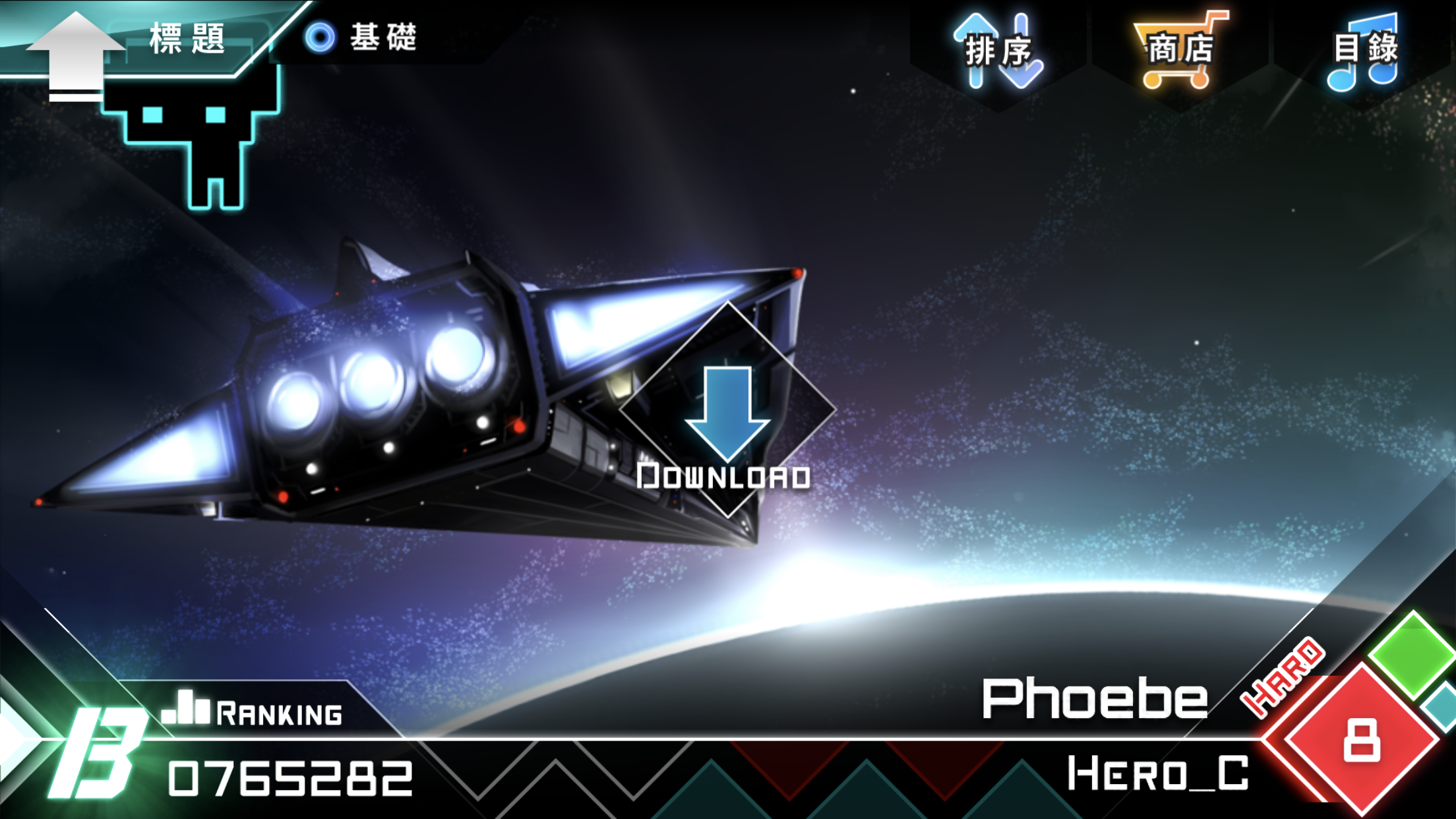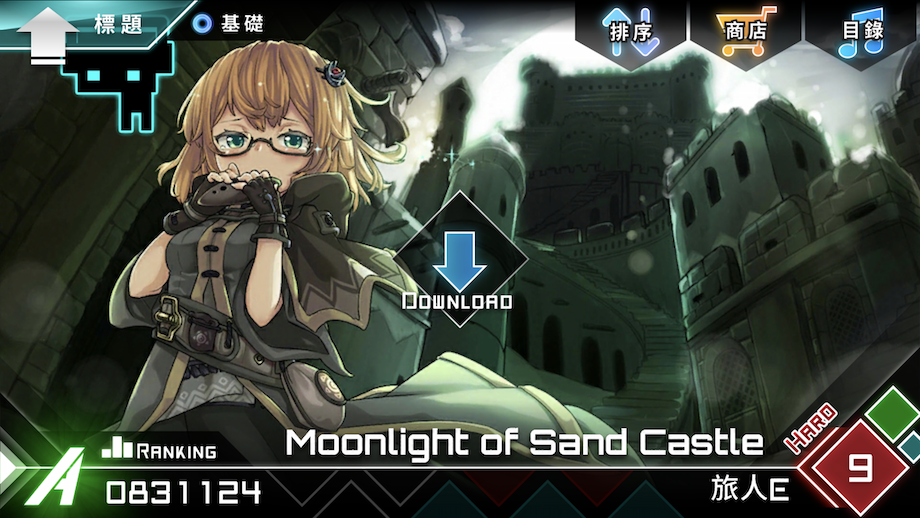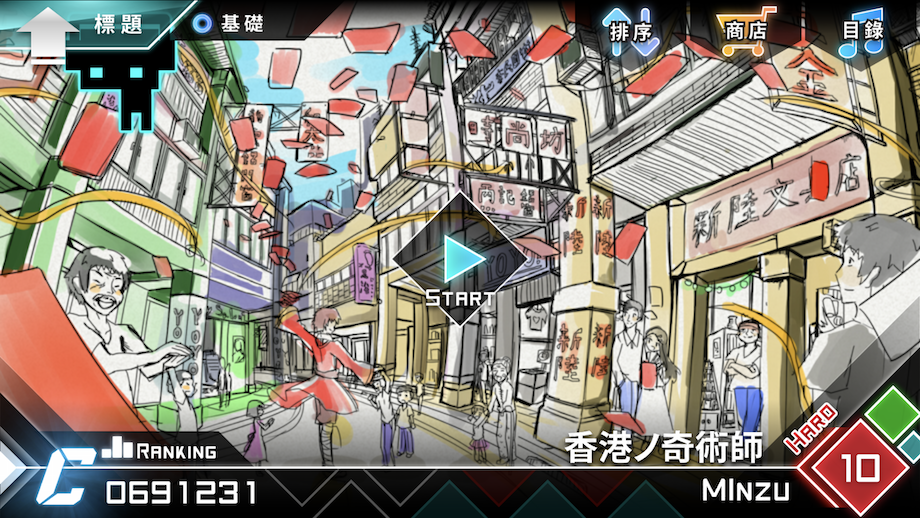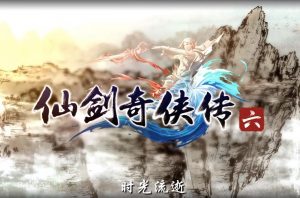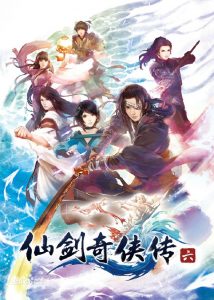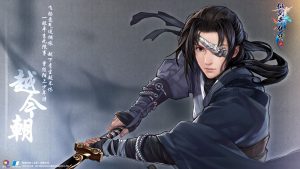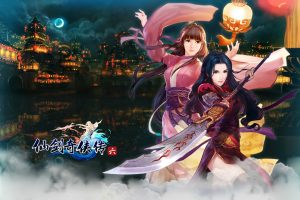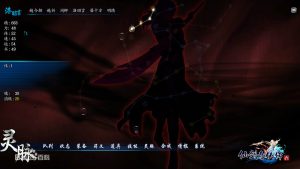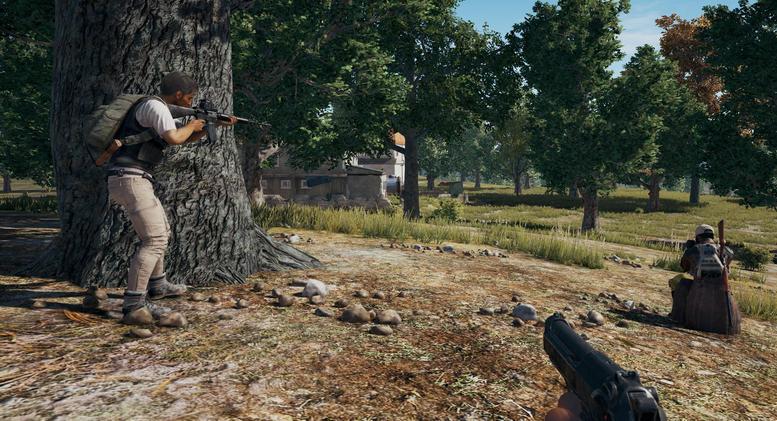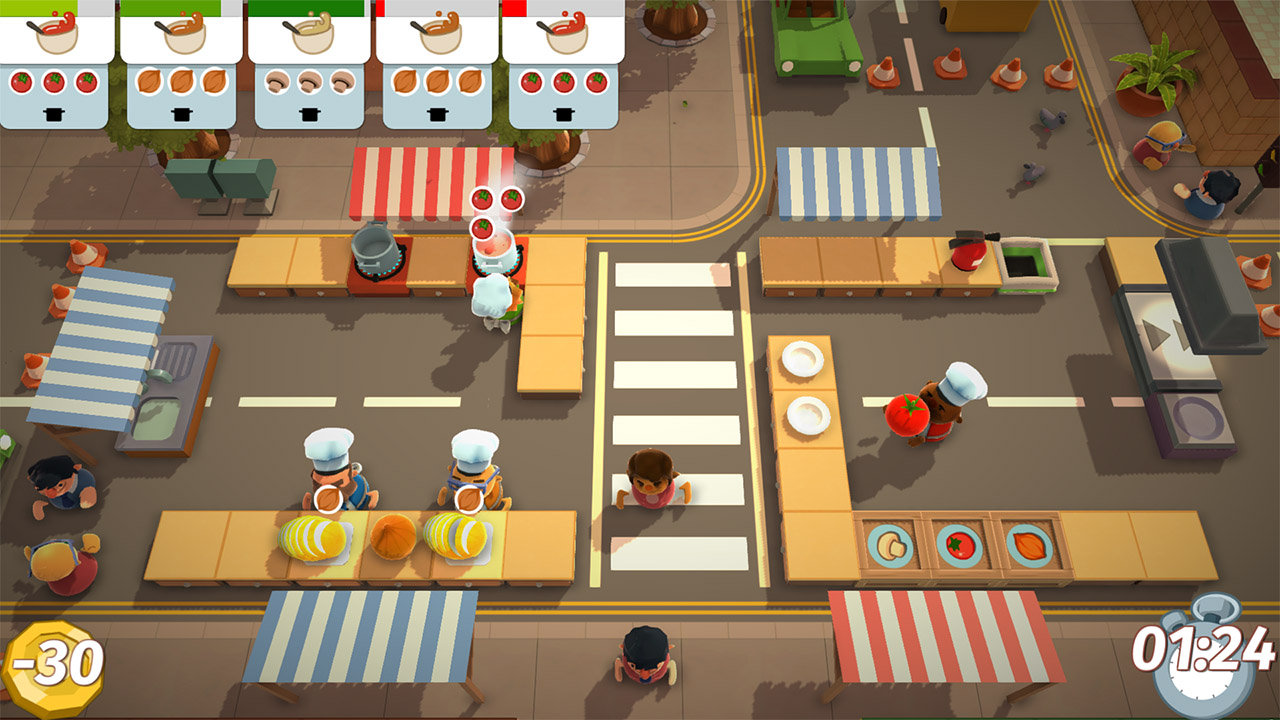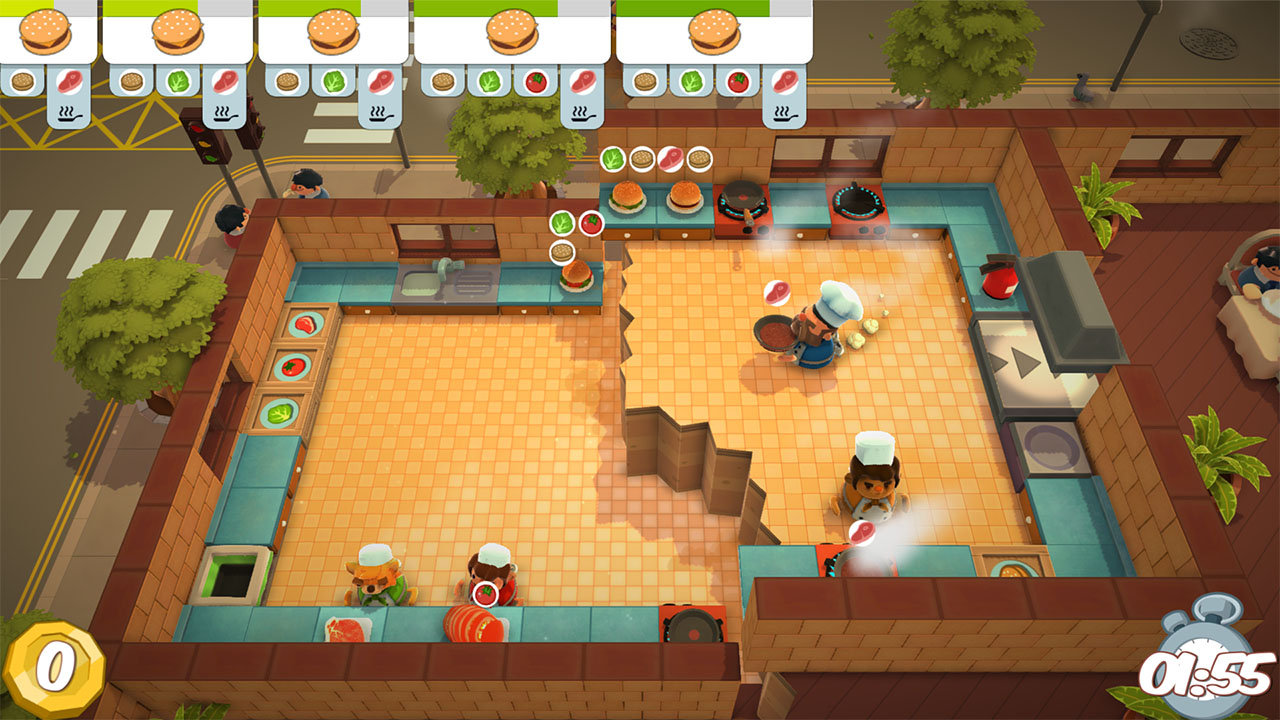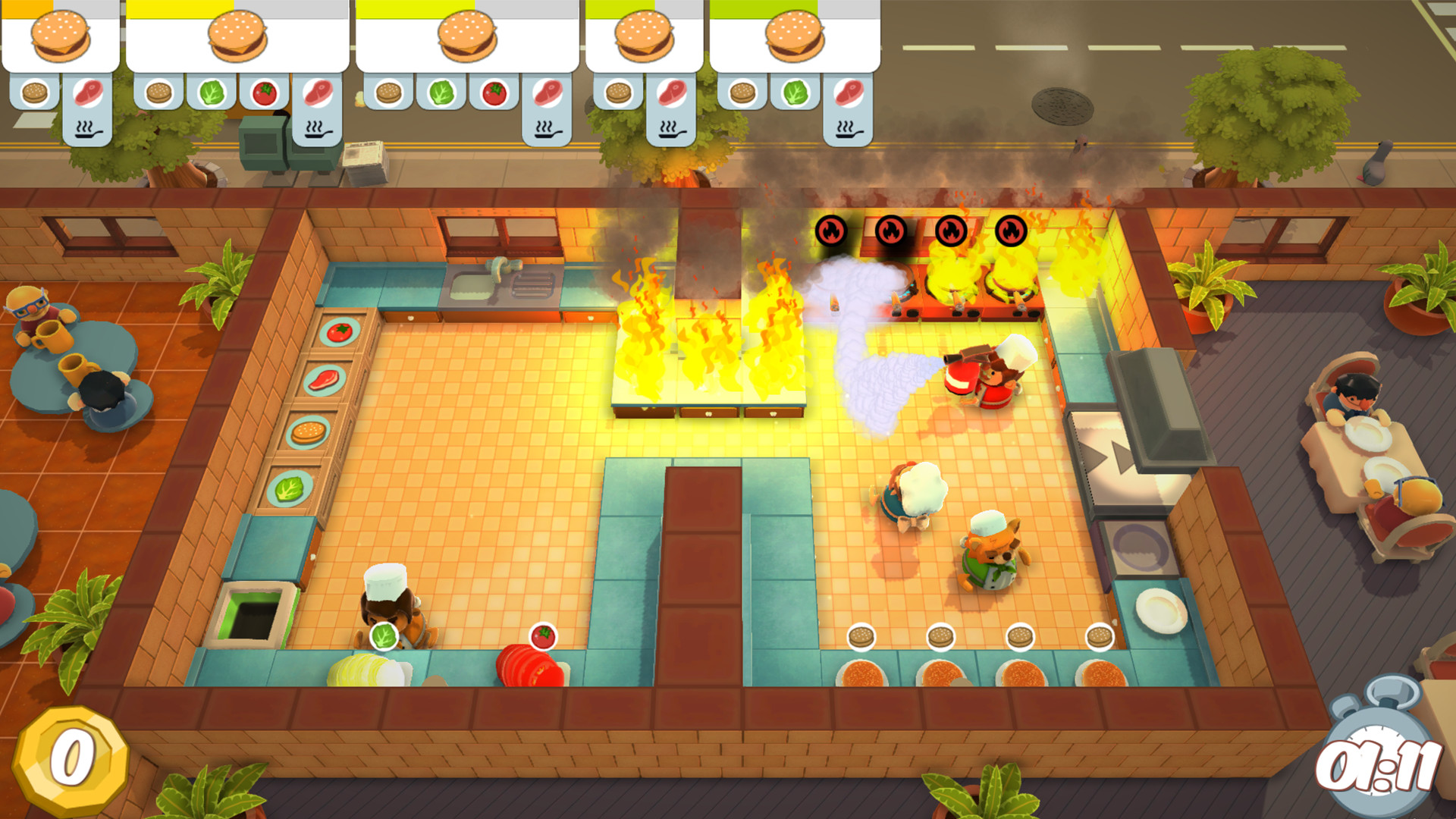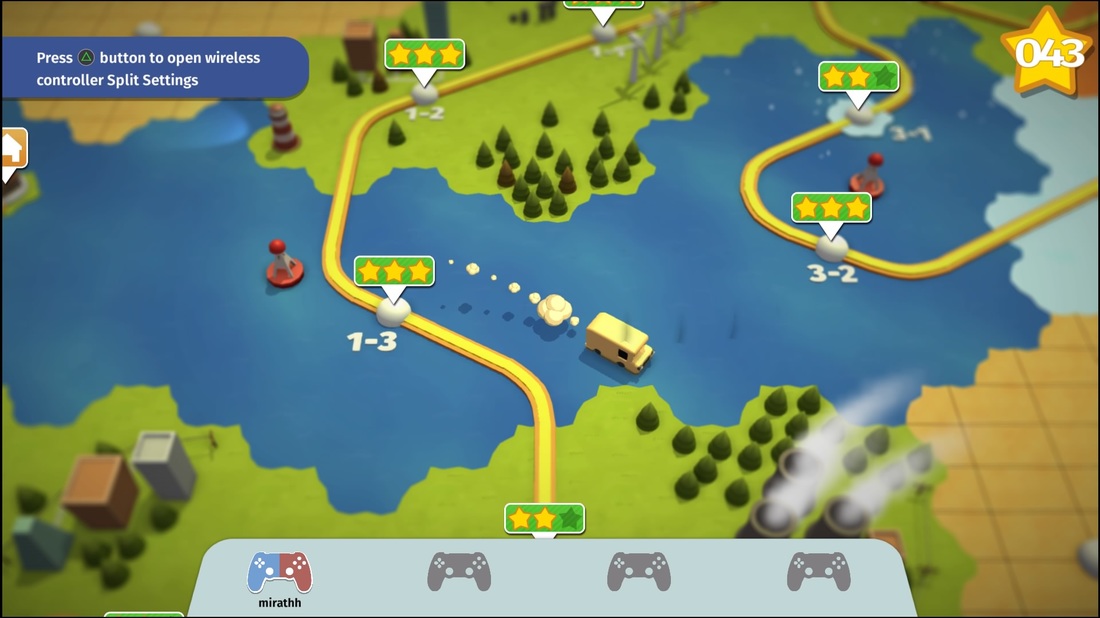Mini Motorways is a minimalistic puzzle strategy game by Dinosaur Polo club. You can find its website at https://dinopoloclub.com/games/mini-motorways/. In Mini Motorways, the player builds a transport network by connecting houses (the smaller buildings) to stores (the larger buildings) of the same colour using roads, roundabouts, tunnels, bridges, and motorways, which the player gains at the end of each in-game week. Stores generate pins, which cars must deliver from stores to houses. If a store is overloaded for too long, the player loses. As the game progresses, the map expands, and more houses and stores are spawned. This requires the player to build more complex road networks to sustain the stores’ needs, increasing the risk of traffic congestion.
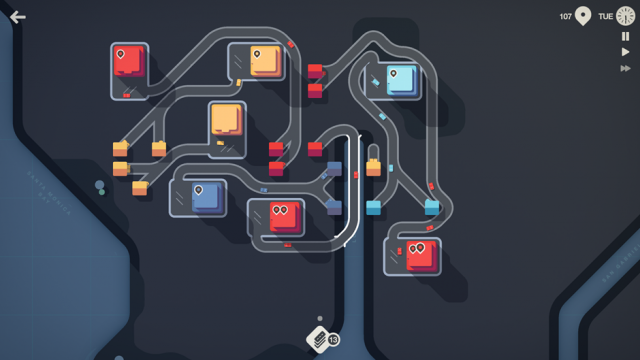
In this post, I will be sharing my experience playing Mini Motorways, and analysing my experience with respect to the elemental tetrad conceptual framework (technology, mechanics, story & aesthetics), and five of Jesse Schell’s lenses from his book The Art of Game Design.
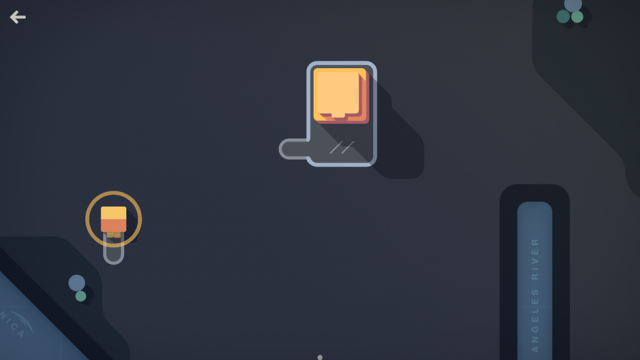
When the game first begins, I’m presented with two buildings with disconnected roads. Without providing any instructions, the task is intuitive: connect the two. The first thing I tried was to drag the house to the end of the road at the store, and it works! This is a great example of how Mini Motorways uses well-known affordances of real-life road networks and takes advantage of natural pattern recognition abilities to make its mechanics as intuitive as possible. This way of presenting mechanics (instead of a full-on tutorial) also makes the game slicker and cleaner, which supports its minimalistic aesthetic well.
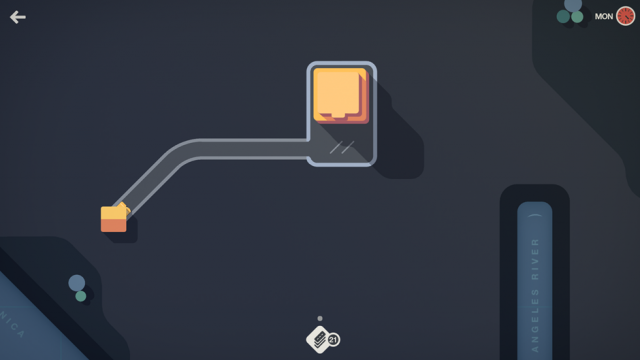
As I continue playing the game, I find that I’m deriving enjoyment just by connecting buildings and developing my road network, as I feel like I’m creating something cool. Mini Motorway’s story was largely player-driven, or more accurately, player-imagined. I imagined that I was building an actual road network for a real city, and this gave the game life, while also making me emotionally invested in the game. The minimalistic aesthetic complements this well, as the game allows imagination to run wild by only providing plain coloured boxes. Of course, completing the elemental tetrad is the solid technological foundation of a grid-based system which was simple for players to understand and easier for developers to implement.
I found the intrinsic motivation of imagining a story to my road network more captivating than the extrinsic motivation of increasing my score, and this shows Mini Motorway’s success with respect to Lens 17 (Lens of the Toy). Even if Mini Motorways had no goal, being able to build my road network in a sandbox would be engaging and be a playable game. By being fun to play with, Mini Motorways managed to hold my attention and interest even after I’ve mastered its mechanics (after playing for weeks), and its goals are less challenging.
Although I felt that extrinsic motivation wasn’t too important, Mini Motorways doesn’t neglect Lens 55 (Lens of Visible Progress). Your score is based on the number of pins you have delivered from stores and is displayed prominently on the top right. Completing each in-game week also feels like an achievement, as I’m rewarded with additional road tiles and a choice of a helpful tool such as a bridge or motorway to develop my road network with.
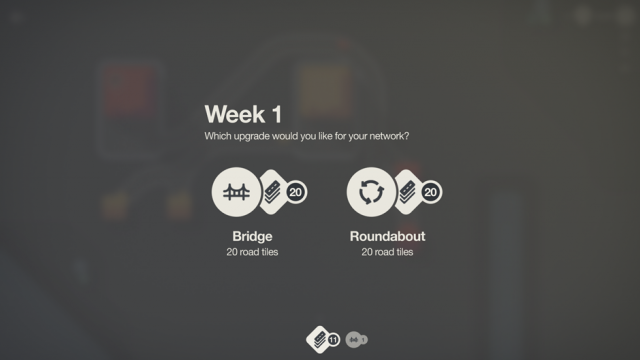
While Mini Motorways managed to retain my interest over a few weeks with its intrinsic fun, at an individual game level, it does seem to have room for improvement with respect to the usual dramatic arc. When analysed with Lens 69 (Lens of the Interest Curve), Mini Motorways has gradually rising tension throughout a game as the difficulty slowly increases, but it lacks two vital elements: there’s no rest for the player (other than pausing the game), and there’s no grand finale – there isn’t a “final boss”. The player can usually tell when their game is about to end, and there’s usually not much they can do about it except perform some damage control to maximise their score and wait for the game to end. However, this shortcoming is what makes player planning important and rewarding and is a justifiable trade-off in my opinion.
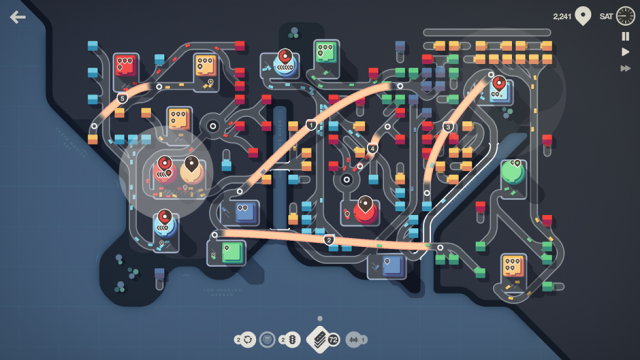
Lying beneath the complex road networks that players build in Mini Motorways are surprisingly simple mechanics. Lens 48 (Lens of Simplicity/Complexity) is one where Mini Motorways shines. Each game element has very simple mechanics: stores produce pins, houses consume pins, bridges allow roads over water. But the emergent complexity from the decision-making on how to best use each element to create the most efficient road network is immense, and difficult to master. It’s impossible to tell if a road network I’ve created is the “best” road network, as the state of the network is in a constant state of flux as more stores and houses spawn. Many emergent strategies are formed, such as a colour-separation strategy I employed in the screenshot above. There are even somewhat cheat-y strategies such as placing roads in certain areas to prevent a bad store spawn!
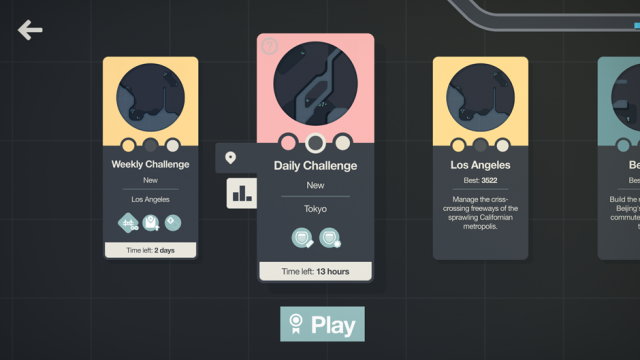
Ultimately, Mini Motorways is a game about problem solving, the subject of Lens 8 (Lens of Problem Solving). Problem solving games tend to have an issue with freshness, as once the player knows how to solve a problem, they aren’t challenged anymore. Mini Motorways keeps things fresh by having random spawns (thus making every game different) and daily challenges that impose certain restrictions such as a limited number of motorways, so players are forced to adapt their strategies.
Overall, Mini Motorways is a gem of a game, and displays many excellent design choices for game designers to learn from. Do try it out!


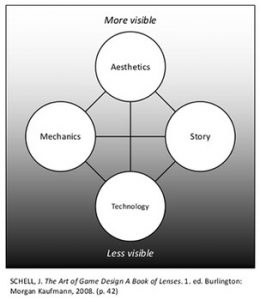
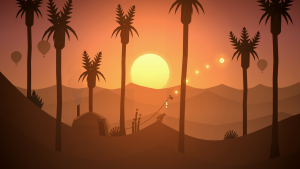
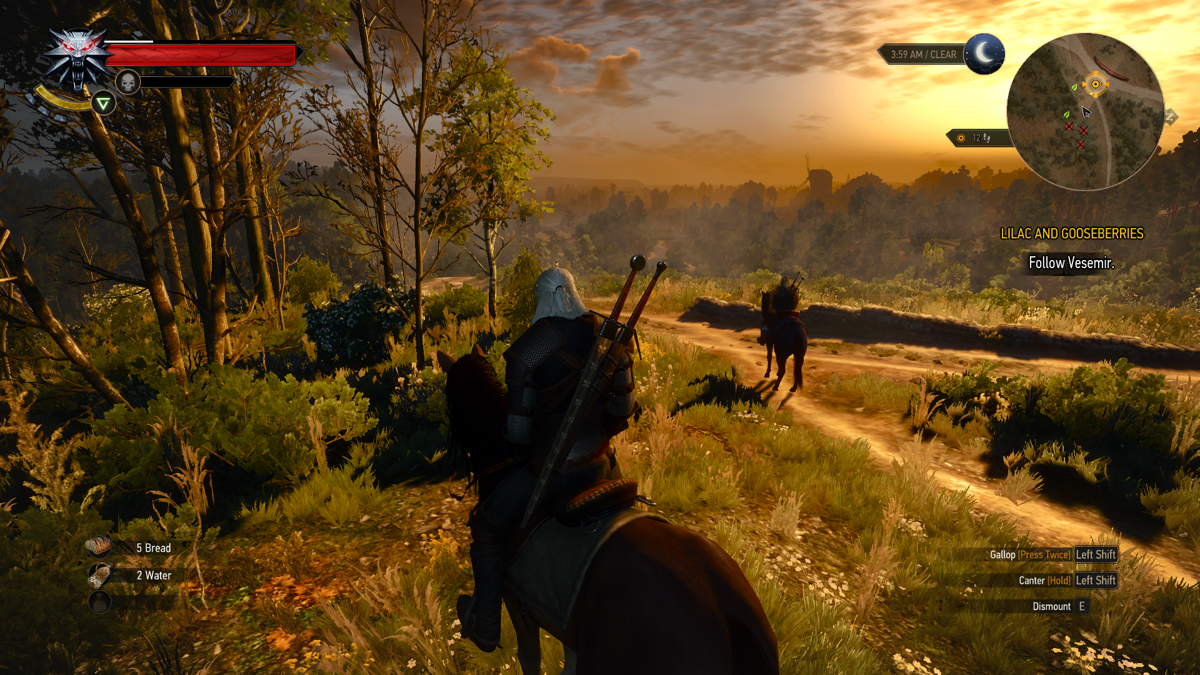
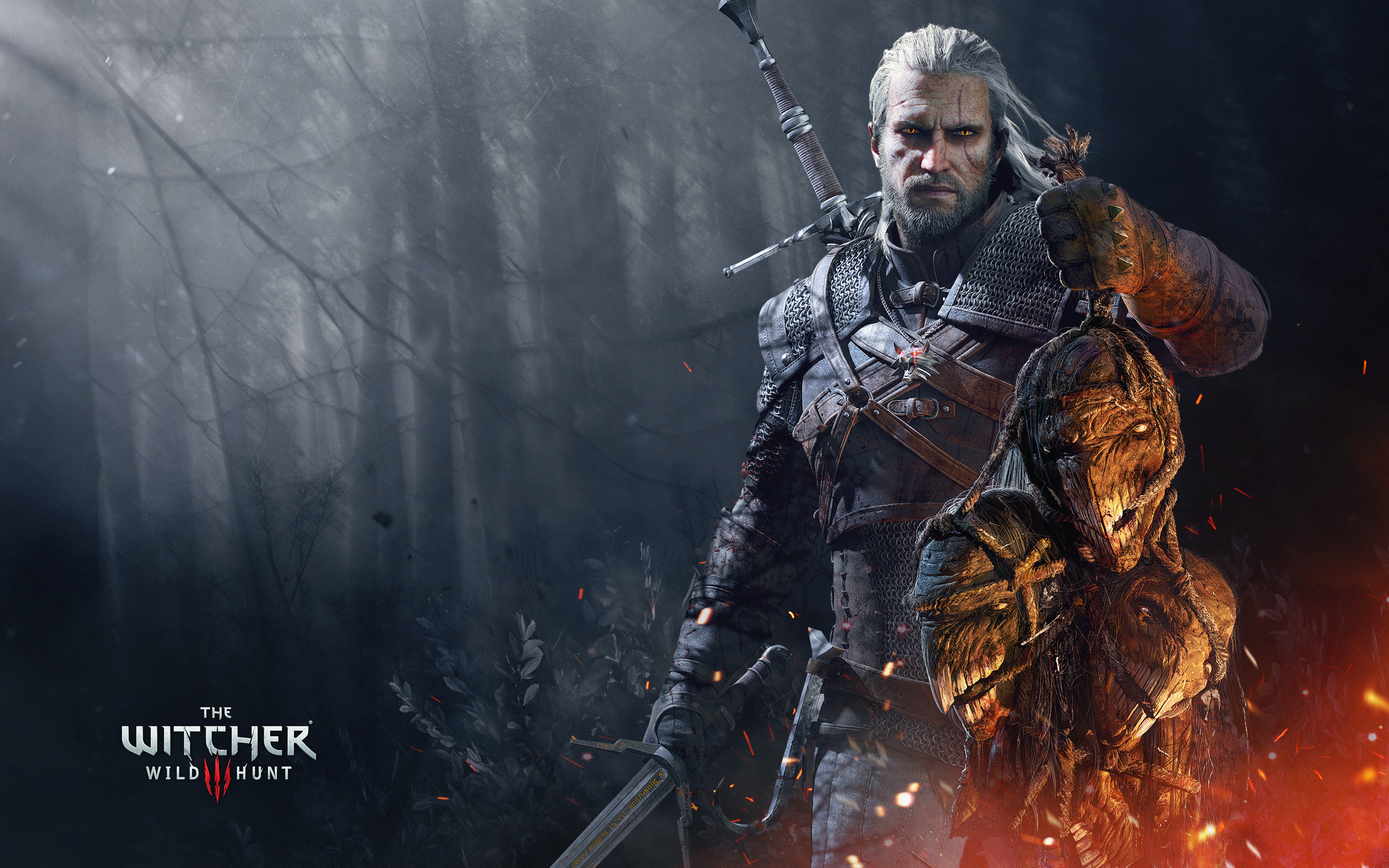
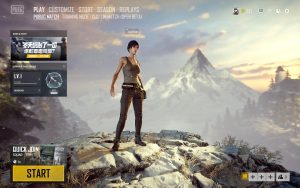
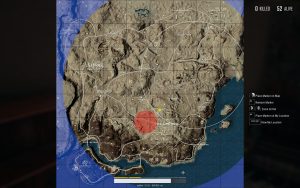
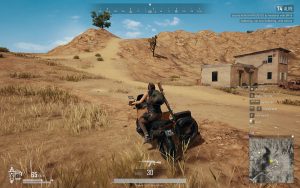
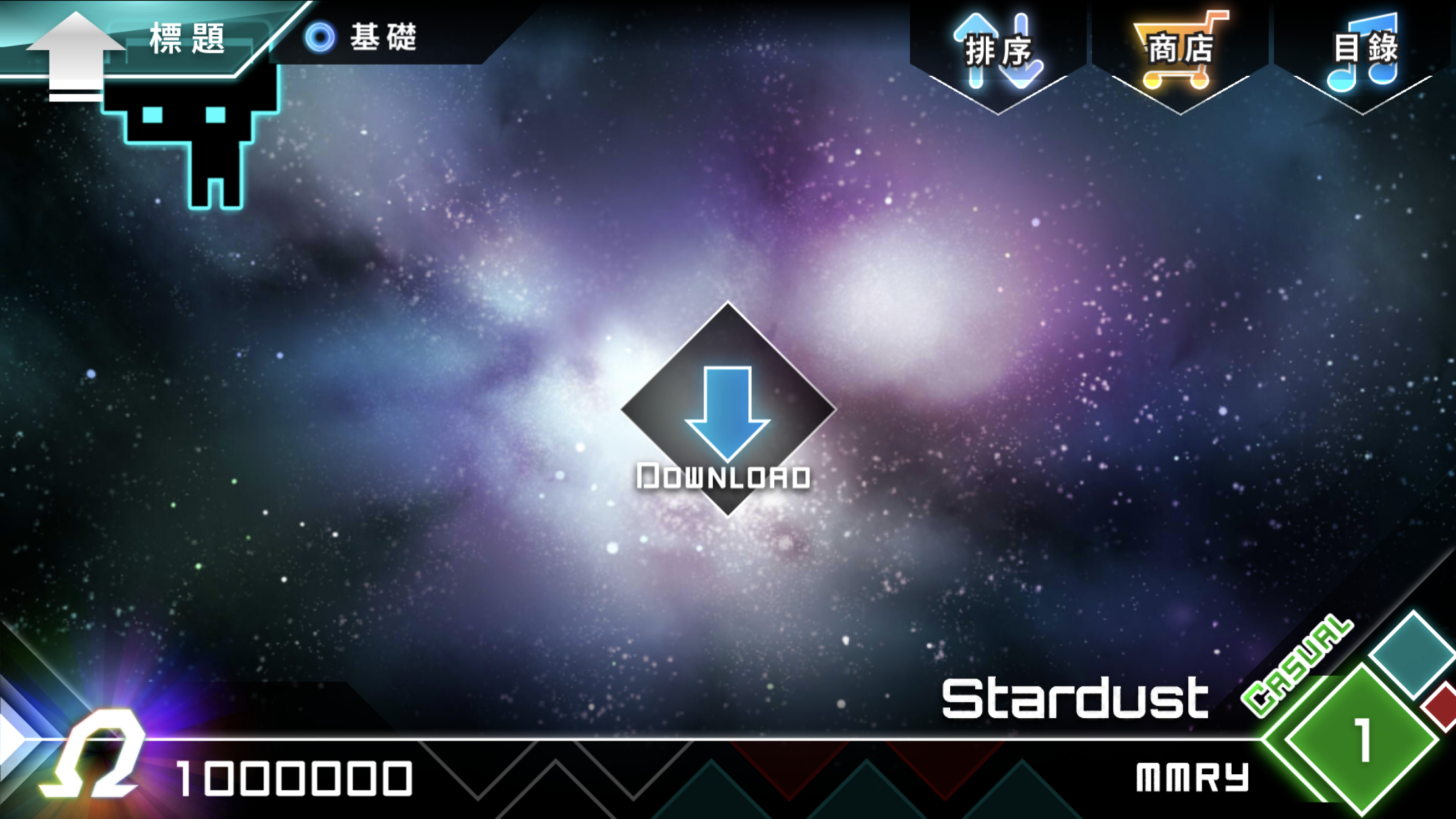
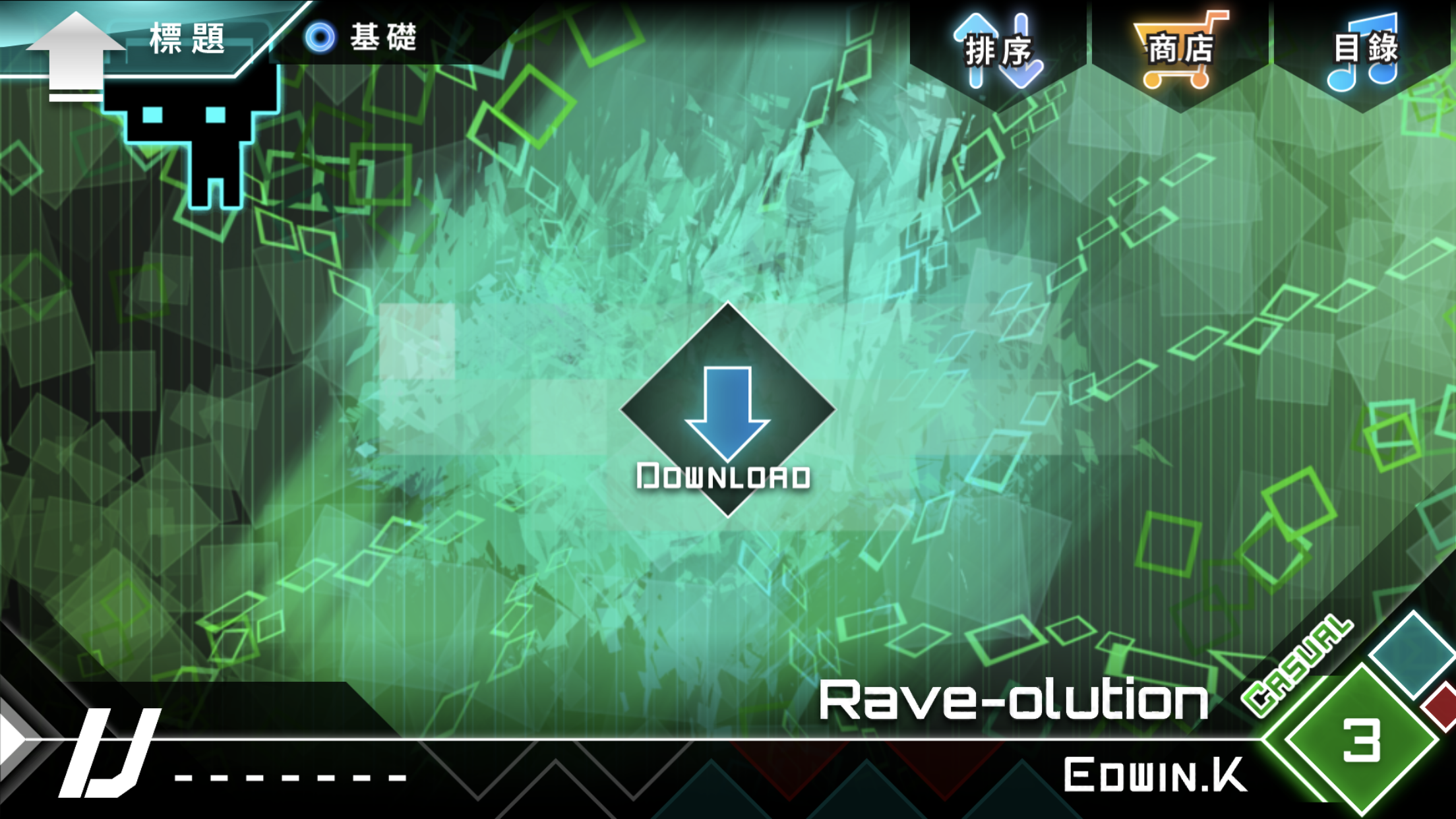
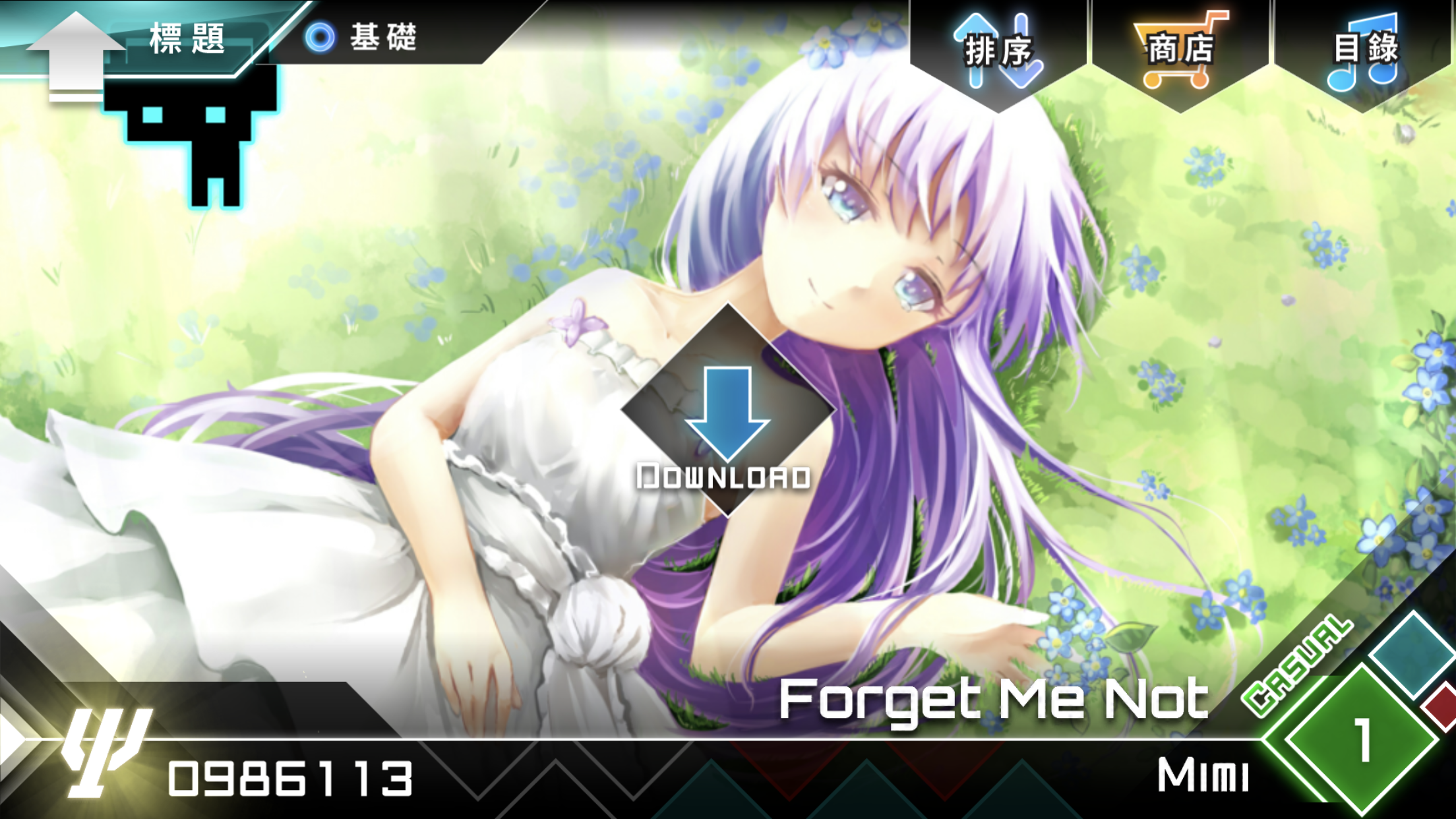
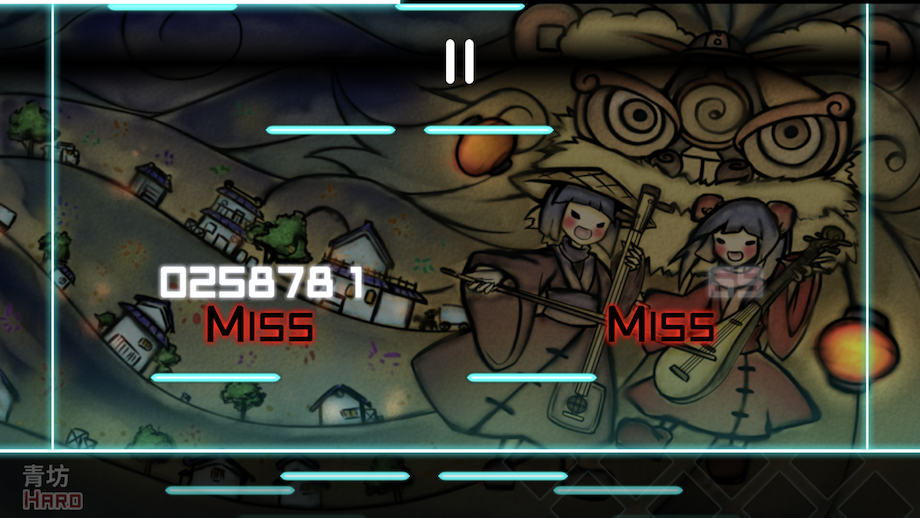
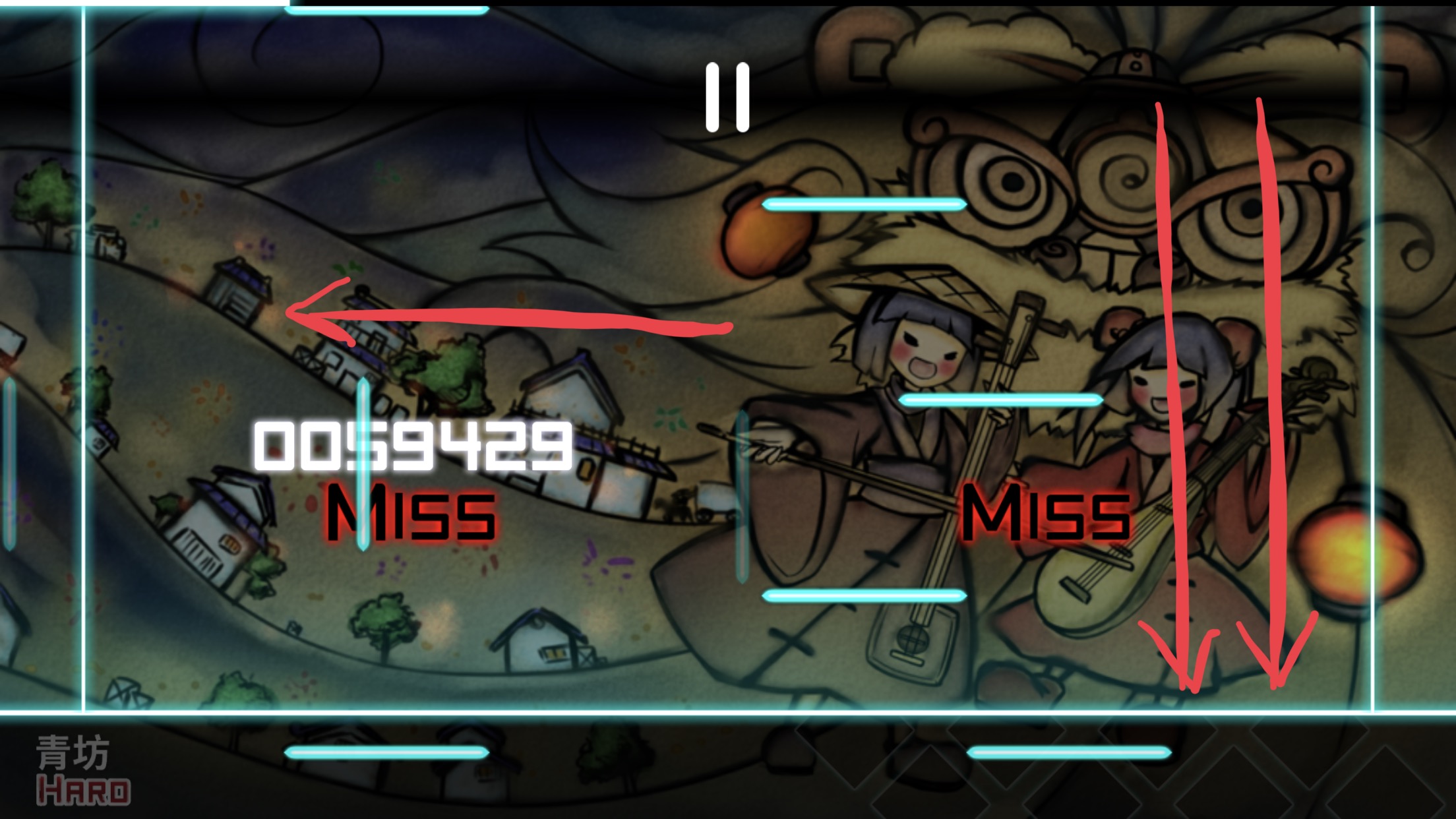
 This line will blink if there will be new notes coming down.
This line will blink if there will be new notes coming down.